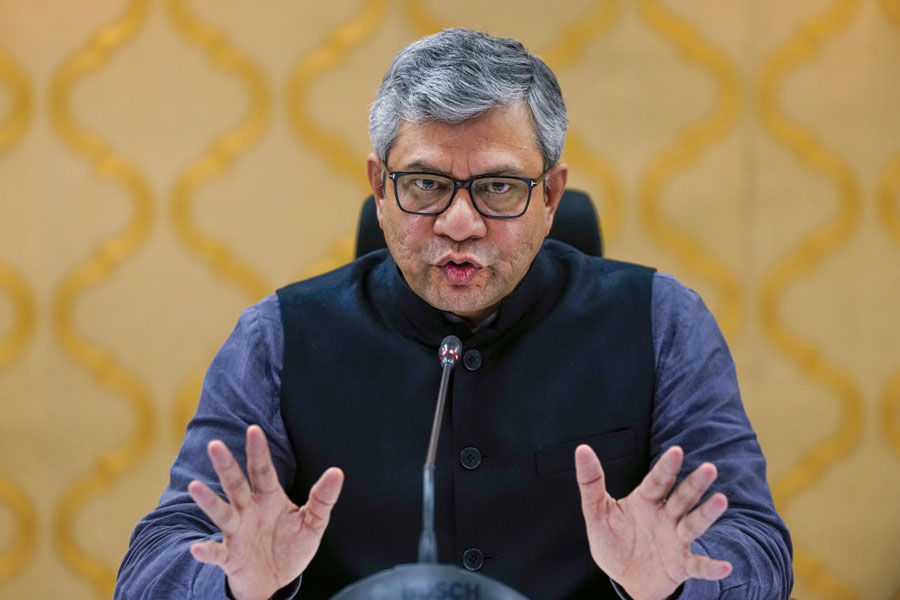 |
Hey, man! The next time your partner does not relate to your erotic dream, don’t be surprised. For it has been found that erotic dreams visit men more than women, as the former spend more wakeful hours thinking of sex. A team of sleep researchers at the Central Institute of Mental Health AT Mannheim in Germany, also said that such sex-related nightly visions are, in fact, more common than previously thought.
The study, which appeared online recently in the journal Sexologies, however, found that the frequency of sex-related dreams has no connection to the quality or quantity of sex both genders enjoyed in actual life.
“Our study found that the amount of time spent in sexual fantasies is directly related to the percentage of erotic dreams whereas the time spent in intercourse and masturbation was not related to it,” says Michael Schredl who led the study.
While men said that on an average they spent 5.1 hours a week fantasising about sex, women reported they indulged in sexual fantasies only 2.4 hours a week.
The researchers, who analysed dreams of 70 young volunteers with an average age of 21.6 years, found that 80 per cent of them dreamt of sexual experiences. The study also revealed a considerable gender difference in sexual dreams: while nearly 12 per cent of men’s dreams involved sexual fantasies, they constituted only 3.6 per cent of the women sampled. But, what surprised the scientists is that this difference in frequency of sexual dreams between the two genders cannot be explained by the difference in time spent in real-life sex or the attitude of men and women towards sex.
The participants were students at the University of Mannheim and comprised 55 women and 15 men. Forty-one of them were in stable partnerships while 29 were single during the time of the study. The scientists also scrutinised the volunteers' dream recall efficiency through a separate questionnaire.
They were asked to report the amount of time spent in different daily life activities such as studying, being with friends and spending time with partners. The most important part of the questionnaire was meant to elicit the different types of dreams that they had: “percentage of your dreams involving studies”, “percentage of your dreams including your friends”, “percentage of dreams including your partner”, and “percentage of dreams involving erotic activities (such as kissing, petting, intercourse)”.
In order to help volunteers shed their inhibition and report their erotic dreams more frankly, the researchers ensured complete anonymity by making the participants send their answers to the questionnaire in sealed envelopes.
The study also revealed that in male volunteers, who reported erotic dreams, nearly 70 per cent of such dreams included their partner, whereas only 50 per cent of women’s sexual dreams involved their partner.










